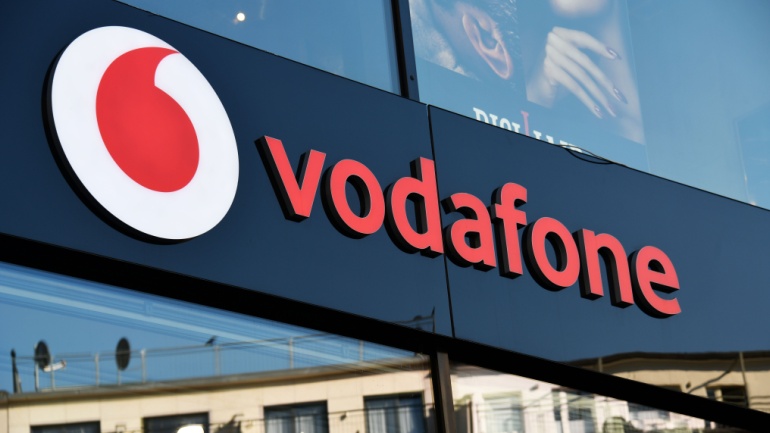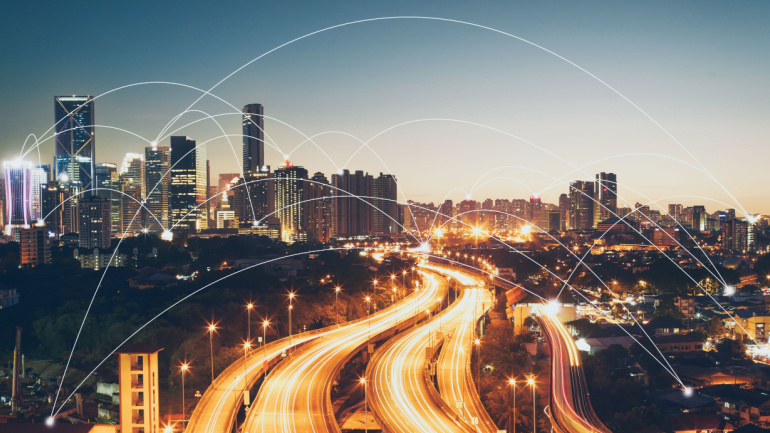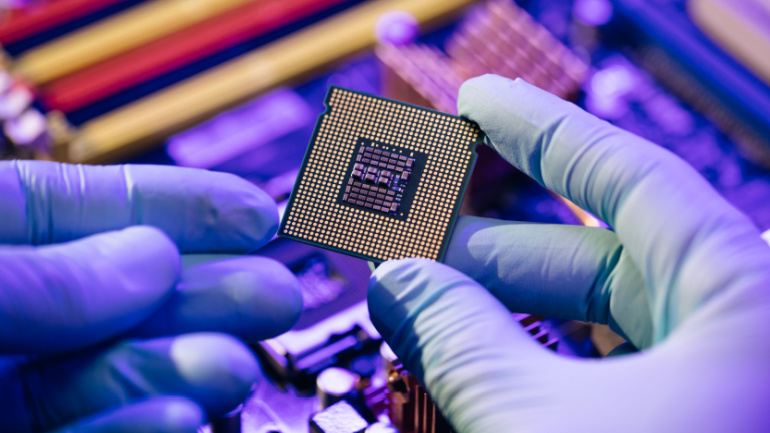Leading tech companies Google, Meta, Microsoft, and Salesforce have announced the formation of the “Symbiosis Coalition,” a collaborative effort aimed at reducing their carbon footprints through nature restoration projects. The coalition has pledged to secure up to 20 million tons of nature-based carbon removal credits by 2030.
The UK’s telecommunications regulator, Ofcom, is advancing plans to facilitate shared access to the highly sought-after upper 6 GHz band, proposing two primary frameworks to balance the needs of both mobile and Wi-Fi providers. The first proposed approach, known as variable spectrum split, would allow both mobile and Wi-Fi services to use portions of the spectrum not occupied by the other.
The UK Competition and Markets Authority (CMA) has raised alarms regarding the possibility of a collusion among a handful of American tech giants, aiming to manipulate the AI market in their favor. The focus of their worry centers on the control exerted by these companies over the development and commercialization of foundation models (FMs), with Open AI’s GPT being a prominent example.
Vodafone Idea is initiating one of India’s largest follow-on public offerings, seeking to amass roughly $2.16 billion. Placing the firm under pressure is its struggle against a decreasing market share and encumbering debt, the result of fierce competition within India’s telecommunications industry. Despite currently being hindered by its financial situation to invest in network enhancements, expectations linger for the telecom’s debut of 5G services by year’s end.
A recent study conducted by Cradlepoint, a subsidiary of Ericsson, shed light on the crucial role of connectivity infrastructure in driving revenue growth for businesses. According to the report, a staggering 98% of technology decision-makers anticipate a revenue increase averaging 19% if they enhance their connectivity systems.
LogRhythm, the company helping security teams stop breaches by turning disconnected data and signals into trustworthy insights, expands its presence in India with a dedicated 24/7 support center for eligible customers and launch of its leading cloud-native security information and event management (SIEM) platform, LogRhythm Axon. The strategic expansion enables Indian organizations across industry verticals to enhance their cybersecurity maturity as global cyberthreats become more sophisticated and diverse.
In the realm of mobile communication, Virginie Debris stands as a seasoned expert, navigating the evolution from ringtones to Rich Communication Services (RCS). With an illustrious career spanning over two decades, she recently captivated audiences at Mobile World Congress, delving into RCS’s transformative potential. In this exclusive interview, Virginie sheds light on her journey and shares invaluable insights into the future of messaging.
Unveiling the next generation of wireless systems, the ENLIGHT’EM project has skillfully pioneered advances in visible light communication (VLC) and power efficiency for light-emitting diodes (LEDs), particularly in tricky IoT scenarios. Brought to life by the passionate team at IMDEA Networks, this venture stands at the intersection of cutting-edge technology and sustainability, delivering innovative solutions and triumphantly winning the European EIT Jumpstarter competition.
CWCS, a well-established telecommunication company, is amplifying its services through the strategic acquisition of a new site in response to growing customer demands. With an elaborate suite of colocation and cloud services, the company continues to fortify its role as a trusted partner in data hosting.
A research team led by Professor Wang Cheng from the Department of Electrical Engineering (EE) at City University of Hong Kong (CityUHK) has developed a world-leading microwave photonic chip that is capable of performing ultrafast analog electronic signal processing and computation using optics.













